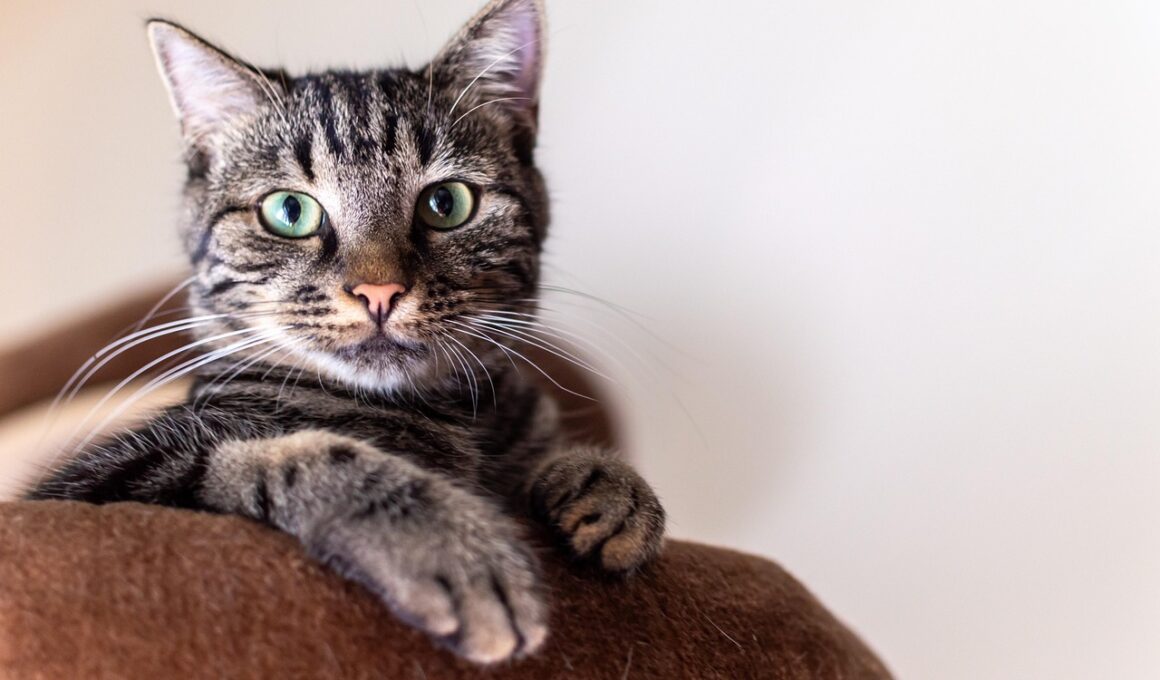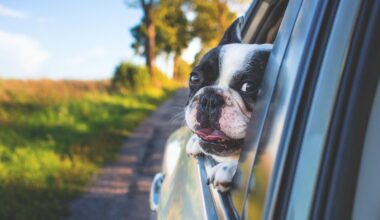Organizing Your Cat Photo Studio for Efficient Workflow
Setting up a cat photo studio requires proper organization and strategic planning to ensure efficiency in your workflow. A well-organized space not only enhances creativity but also saves time when capturing those adorable moments with your pets. The first step is to choose a dedicated area that offers enough room for your gear, props, and some cat-friendly spaces. Ensure that there is ample natural light, or invest in a lighting setup that can mimic it. Consider using backgrounds that complement your feline friend, such as soft textures or vibrant colors, to create eye-catching images. Arrange your equipment within easy reach; this includes your camera, lenses, flash, and other necessary gear. Storing items in labeled bins or dedicated shelves helps maintain a clutter-free environment that promotes a seamless photographic experience. Additionally, having a tripod or stable surface aids in achieving sharper images while freeing your hands. Be sure to also create a safe zone for your cat to rest between shoots. This organized setup allows for quick access and a focused atmosphere, leading to successful and enjoyable photo sessions.
Lighting Techniques for Capturing Cats
Light plays a crucial role in the world of photography, particularly when capturing the charm of your cat. Utilizing a combination of natural and artificial lighting can lead to breathtaking results. When working with natural light, position your cat near a window during the best times of day, such as early morning or late afternoon, providing soft and flattering illumination. If natural light isn’t sufficient, consider investing in good quality artificial light sources or studio lights. These can be adjusted for warmth and intensity, allowing you to define the mood of your photos. Softboxes or diffusers are excellent for minimizing harsh shadows, making your feline look fabulous. Experiment with light placement to create different effects; side lighting can enhance the texture of your cat’s fur while backlighting can create a halo effect that highlights their shape. Always keep in mind that cats can be unpredictable, so be prepared to adjust your lighting setup on the fly. Preparation is essential to capture those fleeting moments of joy and spontaneity in your furry companion’s life in stunning detail.
Another key element of your cat photo studio setup is the background. Choosing the right background can enhance the overall aesthetics of your photographs. Solid colors or neutral backdrops work well to help the cat stand out in the image. Additionally, patterns can add interest but should not distract from the star of the show—your cat! Utilize fabric or paper rolls as versatile backgrounds, which can easily be swapped out depending on the theme of the shoot. A clean, simple background typically works best for pet photography, focusing on the personality of your cat. Props such as blankets, toys, and climbing trees can add dimensions to your images and provide interaction for your cat, bringing out natural behaviors. Ensure the props are safe and sturdy, allowing your cat to move freely. Experiment with different textures and colors to complement the unique personality of your feline. A well-organized backdrop setup can enhance your workflow, allowing you to concentrate more on capturing the charm of your pet rather than redecorating constantly during shoots.
When it comes to capturing captivating images of your cat, don’t overlook the importance of angles and perspectives. Varying your shooting angle can provide diverse looks and feelings in the photographs. Shoot from eye level to get a more personal connection with your feline, or consider getting lower to the ground for a unique perspective. These changes can reveal different sides of your cat’s personality and add depth to the final image. Bracket shots by taking multiple images from different angles or focal lengths, allowing you to choose the best one later. Cats are full of surprises; timing plays a vital role in cat photography, requiring patience and quick reflexes. Ensure you have your camera ready to capture playful moments or spontaneous behaviors. You may want to consider using a fast shutter speed to freeze their movements—this helps in capturing playful mischief or elegant leaps. Additionally, having treats on hand can help entice your cat to engage in certain activities, leading to more dynamic and animated shots that reflect their true spirit and charm.
Using Props to Enhance Cat Photography
Incorporating props into your cat photography can elevate your images from ordinary to extraordinary. Props help narrate a story or add creative elements to the composition, making the photos more engaging. Begin with cat-friendly items, such as colorful toys, cozy blankets, or themed decorations relevant to the season or occasion. For example, holiday props can bring festive cheer to your photos. Remember to keep the props safe and ensure they are not a choking hazard to your cat. Displaying these props in a well-arranged setting can capture the attention of your feline and encourage playful behavior, enhancing the authenticity of your shots. Transitioning props seamlessly during the photoshoot can add variety without distracting from your cat. Organize the props in bins or storage boxes for quick access, saving valuable time. Experimenting with arrangement and placement can lead to unexpected, creative results. This not only makes shooting efficient but ultimately emphasizes the cuteness and personality of your furry model as they interact naturally with the props.
Additionally, keep your workflow seamless by maintaining an organized workspace. A clutter-free environment can significantly enhance productivity and creativity during photo shoots. Set up distinct areas within your studio for shooting, processing, and storing equipment. A shooting area should be well-lit, spacious, and equipped for easy movement. Make sure all your tools and accessories—such as lenses, chargers, and settings—are accessible, so distractions are minimized during a session. Utilizing mobile carts or shelves can be helpful in achieving this organization. Sorting your gear helps streamline the photographing process, allowing you to transition more smoothly between tasks. Plan your sessions in advance, knowing the desired outcomes can save you time and frustration. For even greater efficiency, consider creating a checklist of equipment and settings tailored for different types of shoots, ensuring you never forget key items. Being proactive about organization before the shoot ensures a more productive experience. Ultimately, this enables you to focus on capturing the adorable antics and moods of your furry companions without interruption or hindrance.
Post-Processing Tips for Stunning Images
The final stage in cat photography involves post-processing, which is essential for enhancing your images. Using editing software like Adobe Lightroom or Photoshop can significantly improve the quality of your photos. Begin with minor adjustments, such as cropping unwanted elements, adjusting brightness, and tweaking contrast to ensure the cat remains the focal point. You can brighten areas that may have been too shadowed or sharpen details in your feline’s eyes for added impact. Understanding color balance is crucial in ensuring that the image reflects the true colors of your pet’s fur. Experiment with filters that can enhance the mood of the setting or theme while still retaining the authenticity of your shots. Corrections like blemish removal can help ensure your images look polished and professional. Finally, save multiple versions of your edits, allowing you to revisit past versions and helping in the learning process of your evolving photographic skills. The combination of solid shooting techniques and effective post-processing creates stunning visuals that resonate with cat lovers everywhere.
Finally, don’t forget the importance of building a routine and reflecting on your work after each session. A consistent workflow not only boosts efficiency but also aids in developing your unique style as a photographer. Review the images after each shoot, identifying what worked well and what could be improved. Take notes on the settings used, subjects, and props, enabling better planning for future sessions. Engage with your community by sharing your best work online; constructive feedback can enhance your skills and inspire creativity. Social networks designed for photographers provide an excellent platform for this interaction. In addition, consider collaborating with fellow photographers or cat enthusiasts to gain fresh ideas and perspectives. Learning from others can provide valuable insights into organizing your studio space or experimenting with various techniques. Remember that practice is vital in honing your craft, and each shoot contributes to your growth as a cat photographer. Develop a sense of joy and fun in each session, which will invariably reflect in your images, capturing the whimsical charm of your feline companions.


